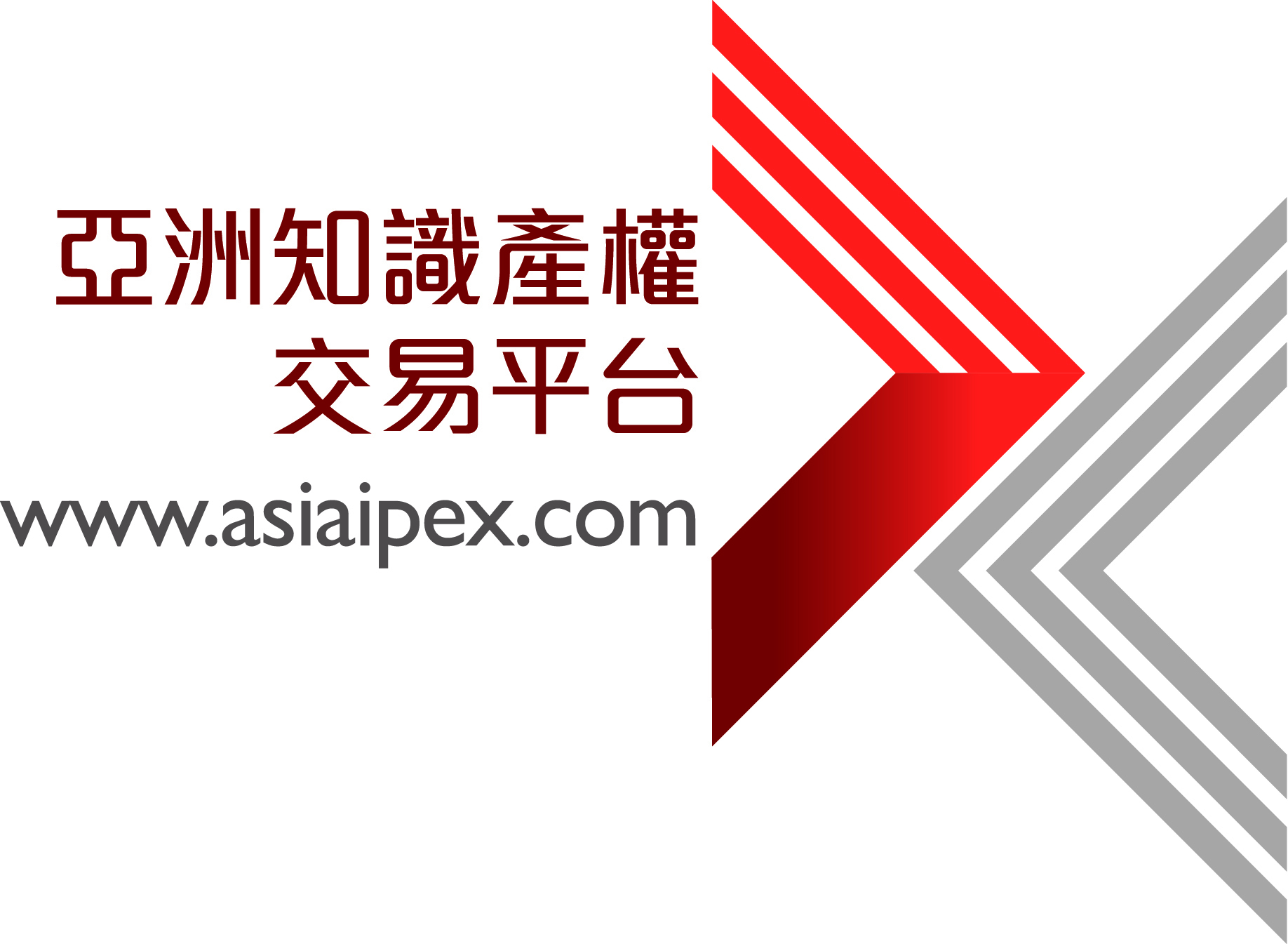A Novel Hydrogel Based Injectable Bilayer Device for Simultaneous Regeneration of Articular Cartilage and Subchondral Bone (BGN)
- 总结
- A subchondral defect is usually characterized by a structural breakdown of the articular cartilage and the bone underneath due to trauma or disease, leading to chronic disabilities. Treating such defects is an important medical target since in the adult patient, damaged cartilage cannot spontaneously heal itself. The a-vascular cartilage with its dense extracellular matrix prevents chondro-progenitors from migrating to the injury site, thus greatly reducing the tissue’s regenerative potential. For decades, cell-based strategies have been developed for treating cartilage defects, by injecting cell suspensions (chondrocytes, stem cells) or their combination with biomaterials. These strategies have encountered crucial barriers in therapeutic translation, due to concerns with the cells in use (e.g., rejection, pathogen contaminants, tumorogenesis) and technical issues (packaging, storage, shipping) as well as difficulties in clinical adoption and regulatory approval. Nowadays, following the identification and efficient production of molecular inducers of tissue regeneration and with the development of hydrogels for their sustained delivery, there is a shift in trend towards adopting a-cellular therapeutic approaches. Such approaches have been fueled by the finding that micro-fracture surgical techniques can induce the recruitment of bone marrow stem cells into the chondral defect and initiate its repair. To enhance such endogenous cell recruitment, combinations of molecular inducers and biomaterials that will prolong their activity, have been suggested. Subchondral defect repair is a multi-task challenge requiring the simultaneous regeneration of cartilage and bone. To address this need we have developed a hydrogel system that can simultaneously induce the endogenous regeneration of hyaline cartilage and subchondral bone. The system is constructed as two layers, spatially presenting chondro-inductive transforming growth factor-β1 (TGF-β1) in one layer and osteo-inductive bone morphogenetic protein-4 (BMP-4) in a second layer, bound via affinity binding to the matrix. Local administration of the bi-layer system with without any cells into a subchondral defect in rabbits induced endogenous regeneration of articular cartilage and the subchondral bone underneath within four weeks.
Cartilage extracellular matrix proteoglycans were found in the top layer, with no mineralization, whereas the layer underneath consisted of newly-formed woven bone. These results indicate that stem cells migrating into the defect are able to sense the biological cues presented in the hydrogel and to respond by differentiation into the appropriate cell types. We believe that this injectable, minimal invasive a-cellular method has a real therapeutical potential for repairing osteochondral defects in human.
- 技术应用
- Regeneration of cartilage and bone tissue in various indications of subchondral defects
- 专利信息
- Patent Pending
- 国家/地区
- 以色列

欲了解更多信息,请点击 这里





